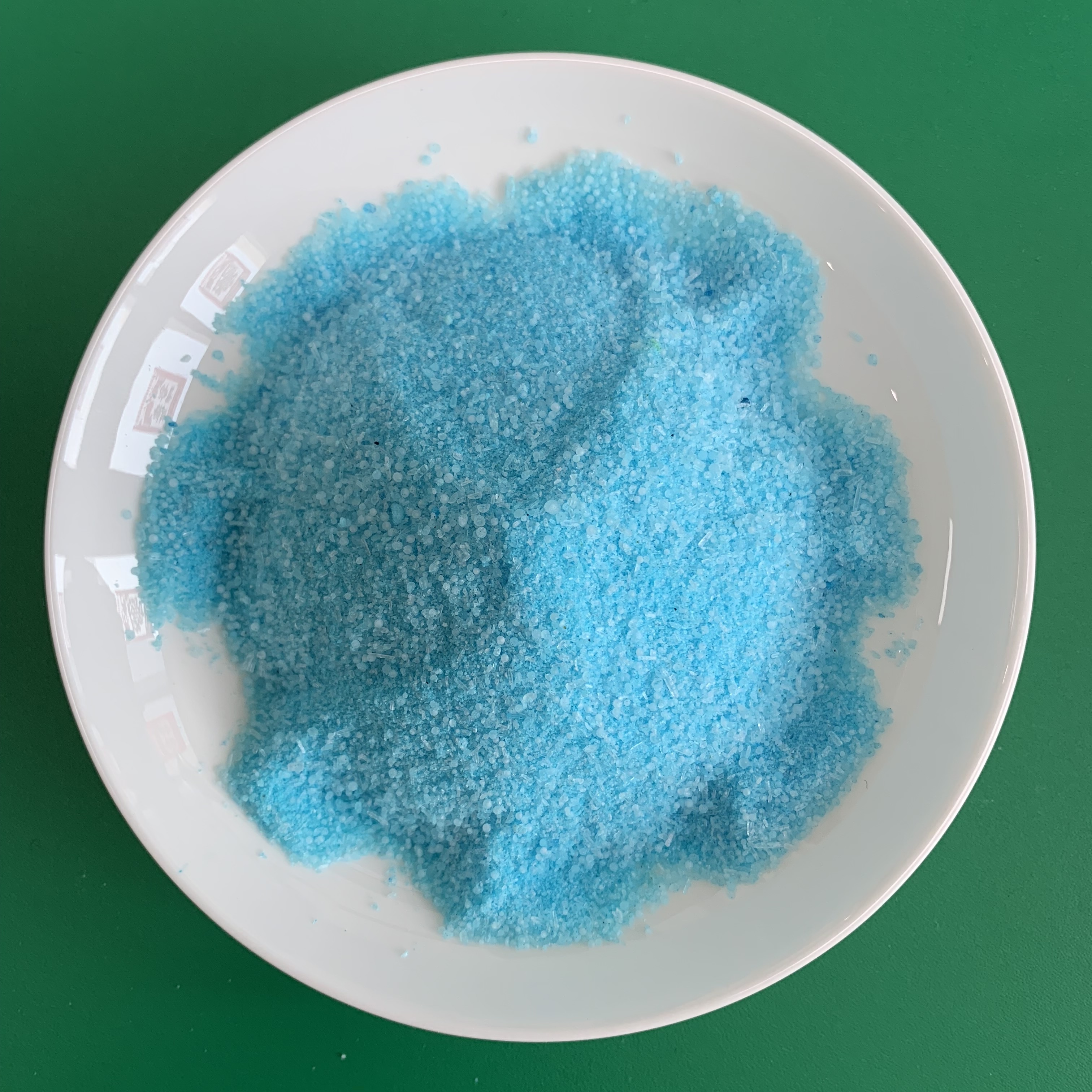



sodium bisulfate molecular weight
Understanding Sodium Bisulfate Molecular Weight and Applications
Sodium bisulfate, also known as sodium hydrogen sulfate, is a chemical compound with the formula NaHSO4. It is a white crystalline powder that is highly soluble in water and has various applications in different industries due to its acidic properties and effective functionality as a pH adjuster. One key aspect of studying any chemical compound is understanding its molecular weight, as it plays a critical role in stoichiometry, formulation, and various chemical reactions.
Molecular Weight of Sodium Bisulfate
The molecular weight of sodium bisulfate can be calculated by summing the atomic weights of its constituent elements. The formula NaHSO4 consists of
- Sodium (Na) approximately 22.99 g/mol - Hydrogen (H) approximately 1.01 g/mol - Sulfur (S) approximately 32.07 g/mol - Oxygen (O) approximately 16.00 g/mol (four oxygen atoms, so \( 4 \times 16.00 \) g/mol)
By adding these values
- Sodium 22.99 g/mol - Hydrogen 1.01 g/mol - Sulfur 32.07 g/mol - Oxygen \( 4 \times 16.00 \) g/mol = 64.00 g/mol
The total molecular weight of sodium bisulfate (NaHSO4) is
\[ 22.99 + 1.01 + 32.07 + 64.00 = 120.07 \text{ g/mol} \]
This molecular weight is essential for laboratory and industrial applications, affecting how sodium bisulfate is used in formulations and reactions
.Applications of Sodium Bisulfate
sodium bisulfate molecular weight

Sodium bisulfate is widely utilized in several sectors, including
1. pH Regulation Sodium bisulfate is often employed to lower the pH in swimming pools, maintaining sanitary conditions by controlling the growth of bacteria and algae. It is a safer option compared to other acids due to its relatively low toxicity.
2. Cleaning Agent Due to its acidic nature, sodium bisulfate is an effective cleaning agent, particularly in the removal of rust and scale. It is often found in formulations for household cleaning products, helping to maintain metal surfaces and improve the efficiency of detergents.
3. Food Industry In the food industry, sodium bisulfate is used as a food additive (E514) for its preservative properties. It acts as a leavening agent and regulates pH in food products, enhancing flavor and prolonging shelf life.
4. Chemical Manufacturing Sodium bisulfate serves as an intermediate in various chemical reactions, especially in the production of sulfates and as a catalyst in industrial processes. Its ability to donate protons (due to the bisulfate ion, HSO4-) makes it valuable for acidifying solutions.
5. Laboratory Use In laboratories, sodium bisulfate is frequently used in titrations and as a reagent for the analysis of metals, highlighting its significance in educational and research contexts.
Safety Considerations
Despite its many applications, sodium bisulfate should be handled with care. It is a strong acid and can cause irritation to skin and eyes upon contact. Safety measures such as goggles, gloves, and proper ventilation are recommended when working with this compound to avoid exposure risks.
Conclusion
Sodium bisulfate's molecular weight of approximately 120.07 g/mol is a fundamental property that underpins its various applications across different industries. Whether in maintaining pool hygiene, enhancing food preservation, or acting as a cleaning agent, its role is significant. Understanding this compound not only highlights the importance of molecular weight in practical applications but also emphasizes the broader relationship between chemistry and daily life.
-
Why Strontium Carbonate Still MattersNewsJun.06,2025
-
Why BaSO4 MattersNewsJun.06,2025
-
Why Barium Carbonate Still MattersNewsJun.06,2025
-
Strontium Hydroxide: A Versatile Compound for Modern ApplicationsNewsJun.06,2025
-
Strontium Chloride in Daily IndustryNewsJun.06,2025
-
Pure Potassium Nitrate for SaleNewsJun.06,2025
-
What Is Sodium Bisulfate Used For?NewsMay.15,2025










